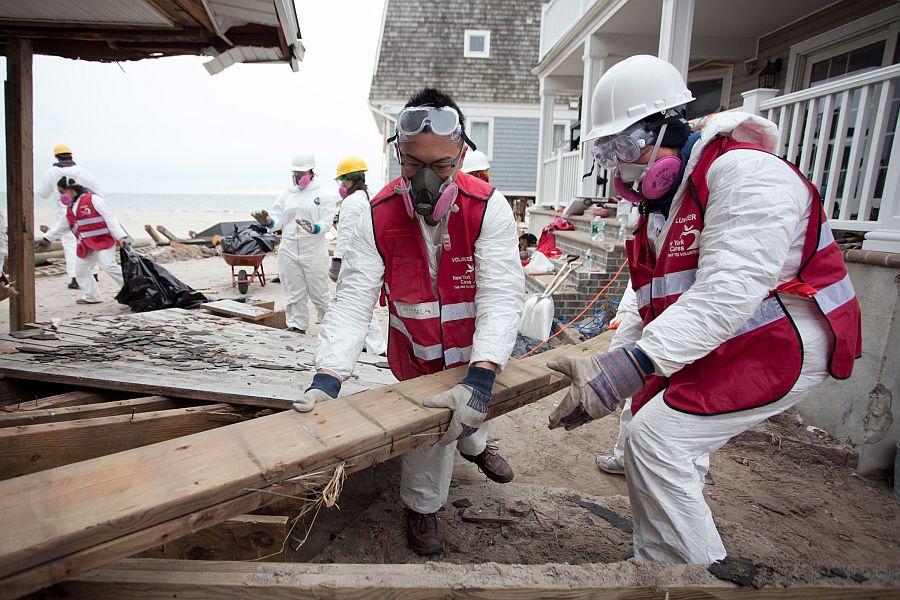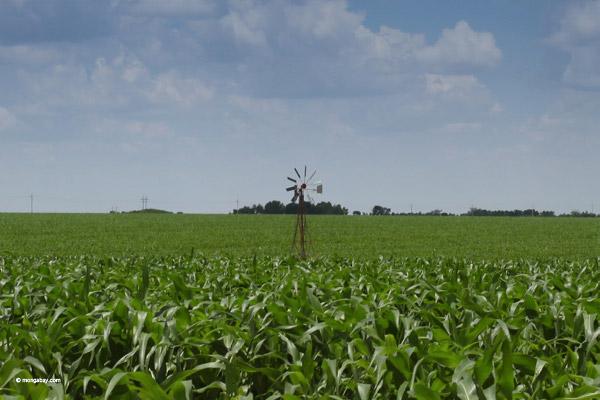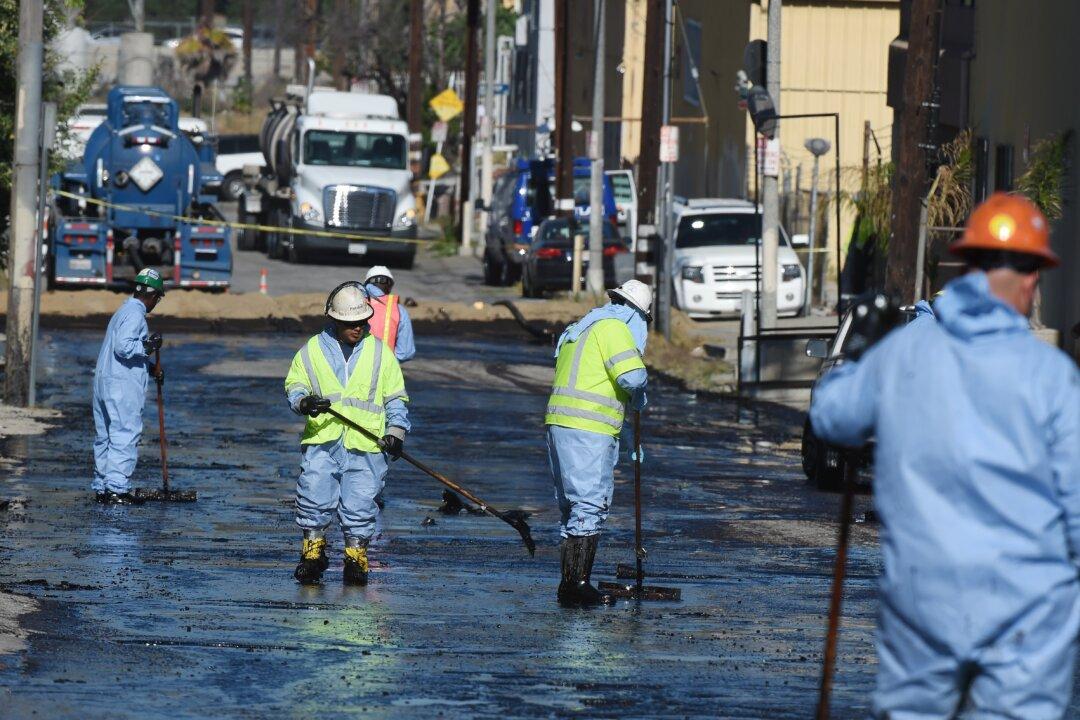Sanford University just confirmed what many Americans instinctively know: Severe thunderstorms—like those causing Colorado’s 1,000-year floods—are seeing a robust increase across the United States, likely due to climate change.
But the devastation done by such deluges doesn’t end with the rainfall.
Billion-dollar-plus disasters like this September’s Colorado floods, the Great Mississippi and Missouri river floods of 2011, Superstorms Sandy and Katrina, along with other localized record flashfloods, can shatter pipelines, overwhelm sewer systems and sewage plants, and flood Superfund sites and toxic waste storage facilities, and industrial plants.
Floodwaters leave behind a toxic legacy, flushing huge amounts of raw sewage, petrochemicals, heavy metals, and industrial pesticides into waterways, playgrounds, gardens, yards, and homes. Some pollutants cause public health problems lasting decades. Contaminants make rebuilding expensive, cause valuable croplands to be unusable for a year or more, and reduce property values.
Colorado
Colorado’s floods, for example, submerged thousands of oil and gas wells, along with tanks that stored hazardous chemicals used in the hydraulic fracturing drilling process. Industry officials acknowledged the contamination risk, but claimed all was well at first.
“There were no fracking sites affected by the flood,” asserted Colorado Oil and Gas Association President Tisha Schuller to Denver’s NBC 9News. But within hours the media published pictures of floating and overturned storage tanks, drill site wreckage, and sagging pipelines. Oil spills topping 27,000 gallons have been discovered so far.
But it is the toxic waste spread by floodwaters that inspectors don’t find that can be the most hazardous. Hurricane Sandy spread 11 billion gallons of raw sewage across eight states, according to a study by ClimateCentral.org. But where that waste and the hazardous microbes it contained were deposited is unknown.
Sandy and Katrina
After Hurricane Sandy, the U.S. Environmental Protection Agency (EPA) tested soils at a few Superfund sites, concluding that no pollution escaped outside already contaminated areas. But EPA admits that most of the New York region’s 246 Superfund sites were only visually inspected after the storm, not tested. So great unknowns remain.
In Louisiana, five years after Hurricane Katrina’s floodwaters engulfed 80 percent of New Orleans, toxic residues endured, according to the Natural Resources Defense Council. Arsenic and lead contaminated soils persist in and around playgrounds, schools, and backyards in dangerous concentrations that far exceed state and federal standards.
Forecast: More Deluge
The climate change forecast is for escalating deluge, with scientists warning of a warmer, wetter world, with more powerful storms. It’s already happening: Between 1958 and 2011, precipitation falling in heavy downpours increased by an astounding 74 percent in the U.S. Northeast, 45 percent in the Midwest, 26 percent in the Southeast, 21 percent in the High Plains states, and 12 percent in the Rockies and most of the West, according to the National Oceanic and Atmospheric Administration.
In the future, record superstorms will surely swamp facilities where harmful chemicals are now safely used and stored. Unfortunately, no one can anticipate precisely where the next 100- or 1,000-year flood will strike, so it’s nearly impossible to predict what poisons might be released, and where they might lodge.
But there are ways in which federal, state, and municipal authorities could prepare. The Federal Emergency Management Agency (FEMA) needs to vigorously redefine floodplains, using the best models for sea level rise and intensifying storms.
It also needs to map major toxic waste sources within flood-prone areas, evaluating the toxic risks of flooded Superfund sites (some of which, like New Jersey’s Passaic River, are waterways), sewage systems, industrial sites, refineries, tank farms, drilling sites, nuclear power plants, pipelines, landfills, toxic waste storage facilities, and more.
Industry needs to cooperate as well. The fossil fuel and chemical industries, and others who work with dangerous substances, need to develop realistic disaster plans to proactively secure toxic materials ahead of storms. They must be ready to reach sites quickly after floods, and have cleanup plans in place.
When it comes to the potential for climate-change-intensified floods to unleash toxic chemicals into the environment, we are in completely uncharted waters. But the time to start planning for the stormy years ahead is now.
Blue Ridge Press Editor Glenn Scherer resides in Hardwick, Vt. ©2013 www.blueridgepress.com.




